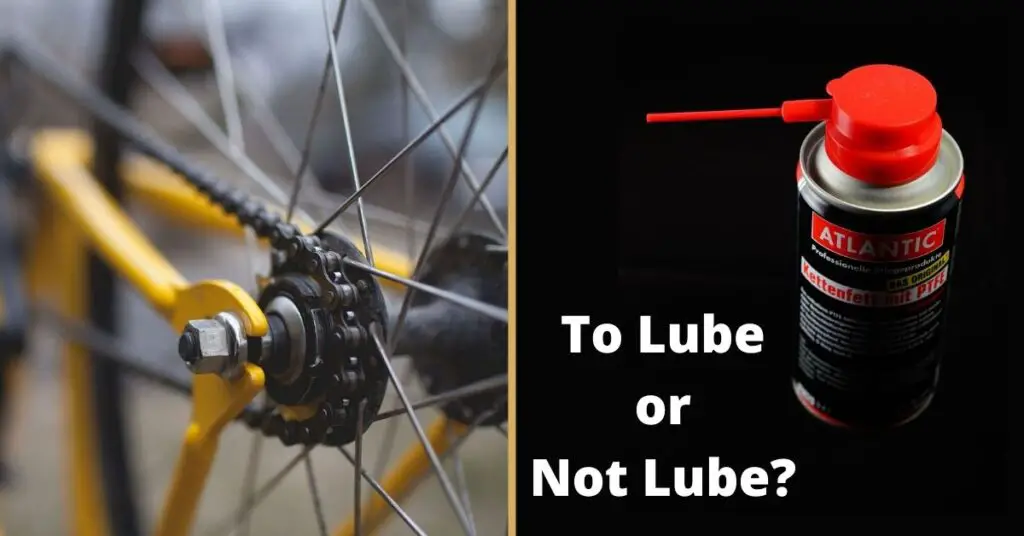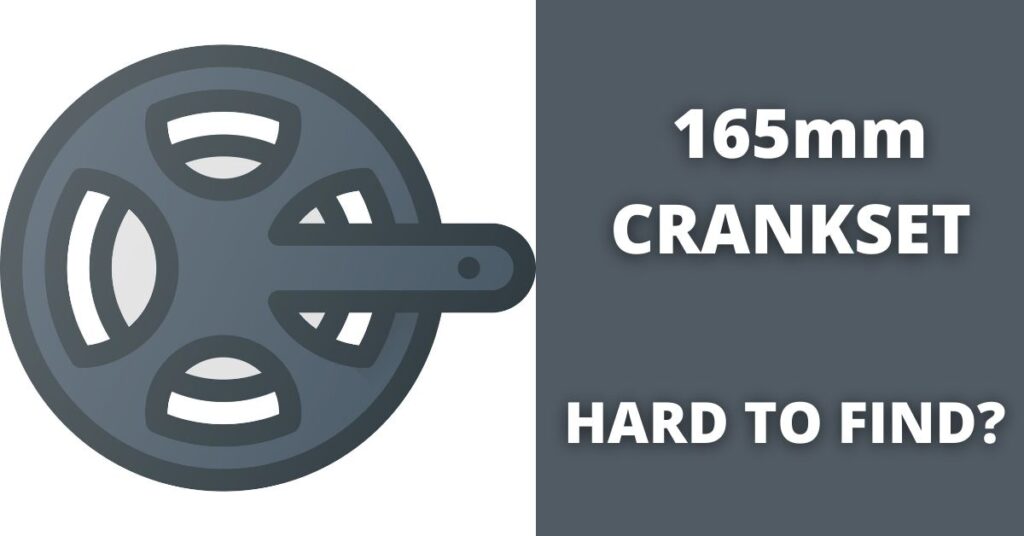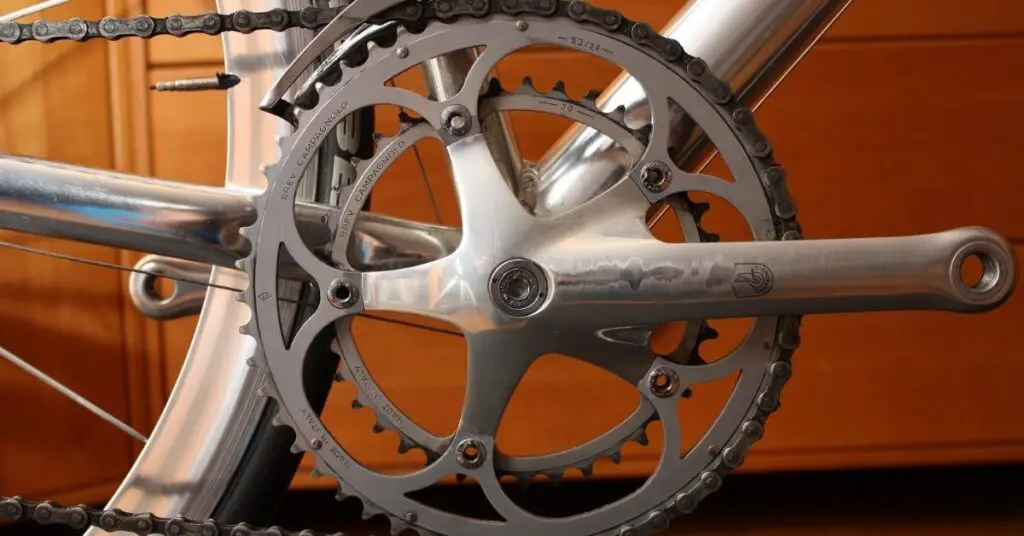Derailleurs need to be changed sometimes because of wear or damage.
Changing derailleurs, whether front or rear can be tricky and you need all the information you can get to do this effectively. Not all bikes use front derailleurs, especially modern mountain bikes, so we’ll be focusing more on rear derailleurs.
In this article, we’ll be discussing your bike derailleur in-depth as regards changing it and how it works with other components in your bike.

Are Bike Derailleurs Universal?
No, bike derailleurs are not universal. A derailleur that works with one bike may not work with another bike based on factors such as the cage length. Check the difference between the smallest and largest cogs and also the chainring size to determine the derailleur compatibility.
The derailleur is one of the important components of a bicycle. It helps the bike in gearing and works hand in hand with the shifters. Using a derailleur that is not compatible with your bike can lead to poor shifting and unhappy riding.
Choosing a Rear Derailleur That Is Compatible with Your Bike
1- Cage Length
Rear derailleurs come with different cage lengths and not anyone can fit with your bike.
A derailleur’s cage is the distance between the upper and lower pulleys. This is what helps your derailleur take the chain slack that occurs when you move your gears between the large and small sprockets.
How do you choose the right derailleur then?
A. Check Your Smallest and Larget Cog
This is determined by the difference between the smallest and largest cogs on your rear cassette.
For example, if you use an 11 to maybe 23 and upward cassette, you need a derailleur with a long cage. This is because when you move from the smallest gear to the largest, there will be more slack in your chainring and a short cage will not be able to take all that slack.
B. Check Your Chainring Size
A big difference in chainring sizes can also determine the length of the cage you need your derailleur to come with. If your bike has a cassette with like 11-20 gear ratio, then you need a derailleur with a shorter cage.
- Most mountain bikes come with bigger cassettes. This means they have higher gear ratios, and derailleurs with long cages are more compatible with them.
- Road bikes usually use short cages. But road bikes with triple chainsets are more compatible with derailleurs with long cages.
If you’re not sure about the cage length you should go for, then choose a derailleur with a medium cage length. This usually works on most bikes.
Shimano derailleurs are labeled SS, GS, and SGS. This is short, medium, and long, respectively. SRAM derailleurs are labeled Short, Medium, and WiFli/Eagle. Campagnolo derailleurs are labeled Short, Medium, and Triple. This is to help you choose the right derailleur cage length without confusion.
Can You Use Any Shifter with Any Derailleur?
Most times, you cannot.
Let’s see a few reasons why you shouldn’t even do this.
1- Brands
One of the reasons you can’t just use any shifter with any derailleur is because shifters and derailleurs are made by different brands, and it is best not to mix components from different brands if you want smooth rides.
For example, an SRAM derailleur should not be used with a Campagnolo shifter. Using shifters and derailleurs from different brands leads to bad shifting. This is because they have different cable/shift ratios.
Cable ratio is the distance that a rear derailleur makes per cable movement, and cables move in response to shifter clicks.
There is a loss of alignment when the cable to derailleur movement ratio is incompatible.
2- Speed
Compatibility between shifter and derailleur also depends on their speed. Shifters, whether for road or mountain bikes come at different speeds. Derailleurs also come at different speeds.
There must be compatibility between the shifter’s speed and the derailleur’s speed before they can work together.
To know the speed of your shifter, count the number of clicks of the right shifter. A number more than the clicks is the speed. For example, if it has 8 clicks then your shifter is a 9 speed.
For your rear derailleur, count the number of cogs on your cassette and you should have an idea of the derailleur speed your bike needs.
Generally, brand components are compatible even among different bike types.
For example, a Shimano 8 speed road bike derailleur will work on an 8-speed mountain bike shifter. This is because they use the same cable ratio. Same for 7 speed and 9 speed, except for Dura-Ace gearing systems which use a different cable ratio.
However, you cannot use a 10-speed derailleur with an 8-speed shifter, even if they belong to the same brand. When a derailleur’s pull ratio does not match the pull ratio of the shifter, there’s always improper shifting.
For example, SRAM derailleurs (10-speed above (use Exact actuation which is a 1.3:1 cable ratio, while lesser speeds have a 1:1 pull ratio actuation. Using an 11-speed SRAM derailleur with an 8-speed SRAM shifter will then lead to a mismatch in cable pull ratios and won’t produce good shifting.
The Takeaway
Endeavor to use a shifter that is compatible with the derailleur of your bike, especially in terms of speed and brand. At least your derailleur and shifter should have the same cable pull ratio.
3- Bike Type
What type of bike are you using? Mountain? Road? Cyclocross? Or others? This will determine the type of shifter you’ll be going for. To make things easy and uncomplicated, it’s better not to cross components among bikes.
Don’t use a mountain bike shifter on your road bike which most probably uses a road bike derailleur. They aren’t compatible.
Because these bikes are built differently and for different purposes, their components sometimes differ and should not be mixed, even from the same brand.
How Do I Know If My Bike Is 10 or 11 Speed?
Bikes have different speeds and it’s easy to know the speed of yours if you want to. Usually, these days, people refer to the number of sprockets or cogs in your rear wheel as the speed of your bike. For example, if your bike has 9 sprockets/cogs on your rear wheel, then your bike is considered a 9-speed bike.
However, bike speed has more to do with gear configurations. And to determine your bike speed this way, a little mathematics is involved. Multiply your front gears/chainrings by the number of sprockets in your wheel and you have the speed of your bike.
For example, if your bike has 3 chainrings and 4 rear sprockets/cogs on its wheel then your bike is 12-speed.
With this information, I’m sure you can tell if your bike is 10 or 11 speed, but let’s talk more about the 10-speed bike.
10-speed Bike
You should note that people also generally call road bikes with drop handlebars 10 speed.
10-speed bikes however are bikes with 2 chainrings at the front and 5 cogs/sprockets on the rear cassette or a bike with 10 gears. This means it has just 1 chainring and 10 cogs/10 different gear ratios.
10-speed bikes were more common during the 1970s. They were strong and made it easier for riders to maintain cadence.
11-speed Bikes
They are bikes with 1 chainring and 11 cogs/sprockets on their cassettes. The use of 1 chainring is fast gaining prominence among cyclocross and mountain bike riders.
What About Front Derailleurs?
Front derailleurs help in shifting the chain from one chainring to another if your bike has more than a chainring. They are attached to your bike with a bracket or clamp.
They are however not as popular anymore because of the entry of larger cassettes into the market. You can now have the same range of gears/gear ratios with fewer parts. You don’t need to use many chainrings so there’s no need for a front derailleur. This helps your bike become lighter.
Final Thoughts!
Bike derailleurs are important components of your bike and should be well taken care of. Replace them when necessary. They are not universal so getting compatible ones for your bike is important.
Using the right shifter for your bike is also as important as using the right derailleur. This is because they work hand in hand and need to be compatible for smooth riding.
Now that you’re well equipped with information about bike derailleurs, you can go ahead to choose one for your bike.




